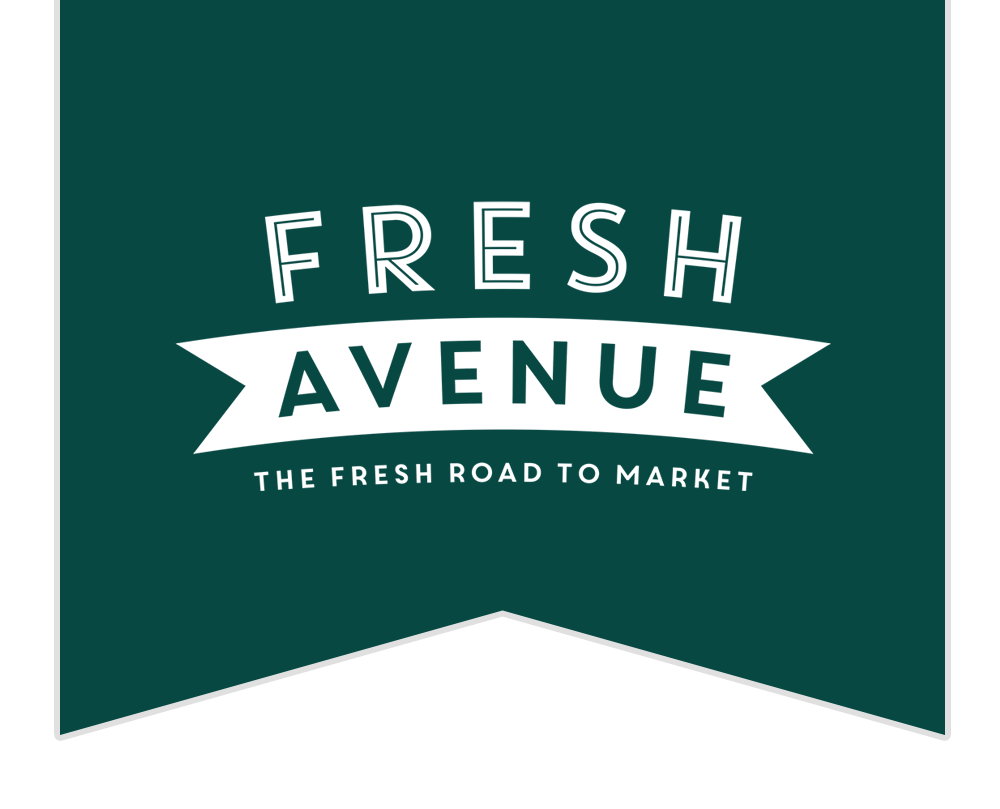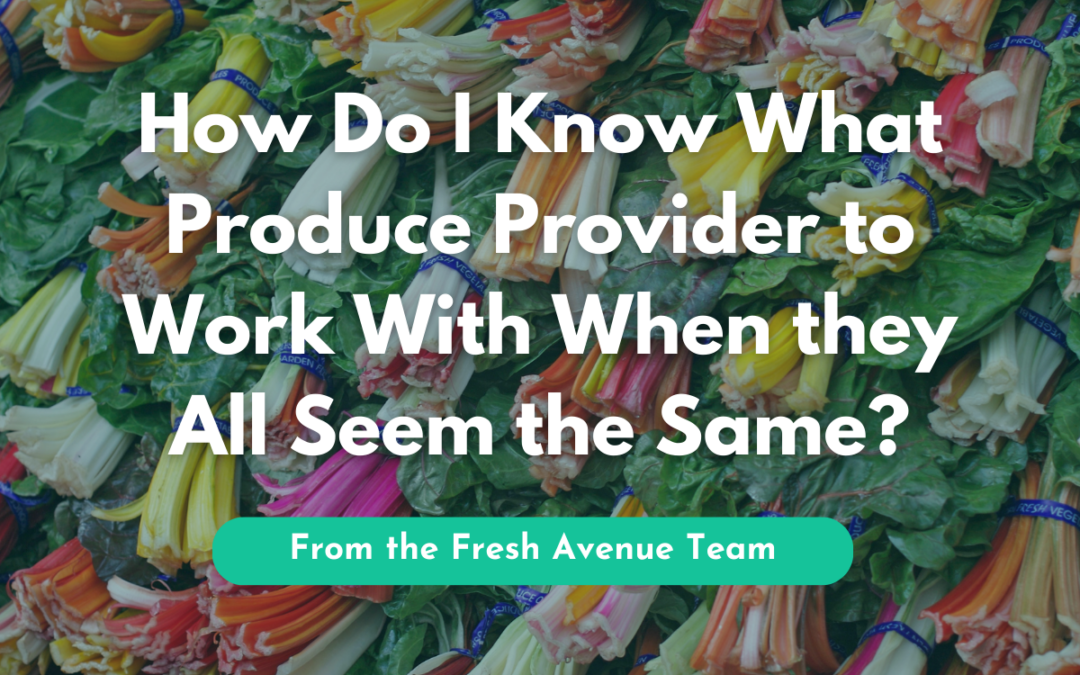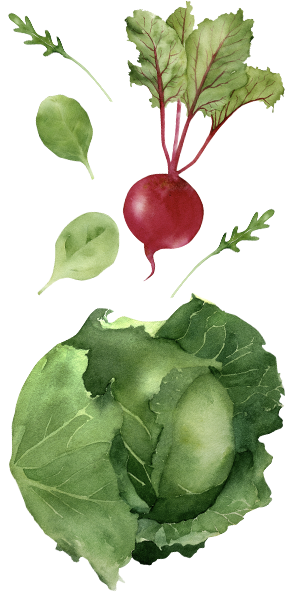This is where you look at the ancillary services offered by a produce grower, broker, distributor, or buying group, this is where you can start to see more differentiation. Many of the decisions and teams handling the moving of produce inevitably impact quality and shelf life of product. The one area to carefully consider is logistics- this is where you find the bigger pain points in produce purchasing, with product quality and shelf life dependent on great execution.
Differentiation in Logistics
Logistics differentiation begins at post-harvest with the managing of warehousing and logistics and then grows well into the oversight and support of the product. Even in how produce is transported from the field to a packing shed or refrigerated warehouse can dictate future shelf life and quality. This is where you look for a team that creates holistic programs for customers that not only reflect available product, but also the best method for shipping, the facilities, and routes available, and beginning the conversations to create an effective produce program that accounts for logistics.
Differentiation in the Sales Process
The differentiation of sales process needs to be stressed because sales is not a one-and-done transaction, rather it is ongoing, relational, and in your corner, something we term in-market support. The idea is that sales is ongoing and requires a representative in a customer’s market, aware of regional nuances, continually assessing customer needs so that the initial program that is put together evolves into a program that is fine tuned to the point of efficiency, but also a program that flexes to market volatility and consumer demand.
Differentiation in Produce Programs
Another differentiation to look for is the many areas of support that comes with building produce programs. This ranges from food safety, r&d, menu ideation, and marketing. Look for a produce team that has the experts in place to support a customer, because what makes us different is that our entire strategy centers around doing what it takes to make our customers successful.






